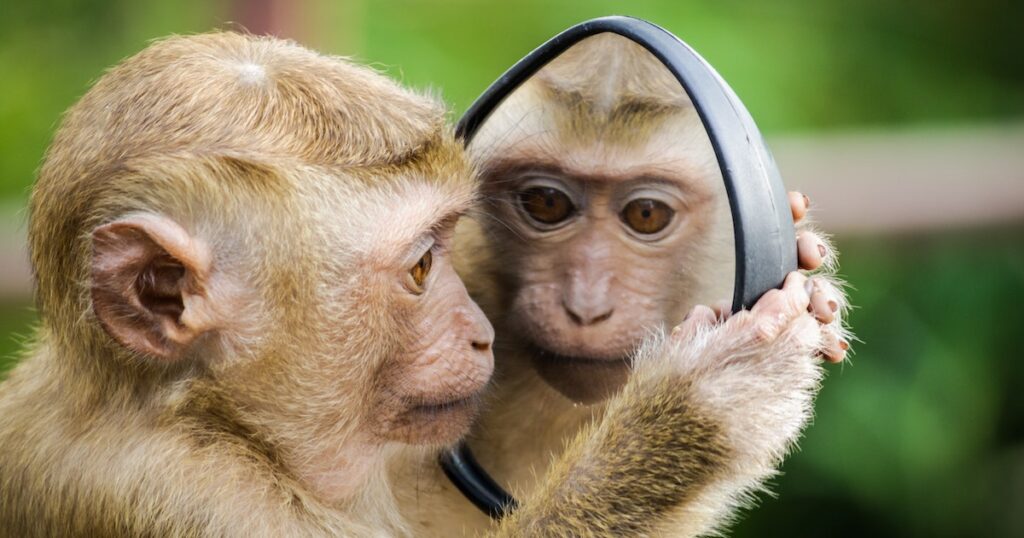
Crab very probably doesn’t have that, crabs are not thinking to themselves as they scuttle along on the beach. What we’re talking about here is sentience, consciousness in a very basic sense that doesn’t require a lot of the very sophisticated capacities that humans have, so it doesn’t require the capacity to have a kind of inner monologue in which you have a conscious train of thought. So what then is the evidence? What does science, the science of animal sentience have to say about this question? First of all, it helps to fix ideas a little bit and be clear about what we’re talking about. Now you have to actually find practical ways of trying to address that question of whether crabs feel anything, of whether they’re in any basic sense conscious.

It’s not good enough to just say: oh, we’ll never know.

You’ve got to decide whether that species should fall within the scope of animal welfare legislation or not. So when it comes to a case like the crab, that’s a difficult case. It’s a very widespread idea that it’s those animals that have some basic kind of conscious experience of the world, what’s often called sentience (you have to be sentient in the sense of having a kind of subjective perspective on the world, being capable of feeling, particularly capable of feeling things like pleasure and pain), it’s those animals that we should be trying to include within the scope of animal welfare legislation, it’s those animals that have welfare in the relevant sense, whereas animals that aren’t sentient, that aren’t conscious don’t have welfare in the relevant sense in the same way that it’s plausible to think that vegetables don’t have welfare and shouldn’t be legally protected. Policymakers and governments have to make animal welfare legislation, and they have to decide the scope of that legislation, they have to decide which animals are going to be included and which aren’t. I don’t think we can never know, and also I think it’s very important that we try and find ways of answering these questions because really a lot hangs on it. Linguist David Adger on sound processing in animals, bonobo Kanzi and the nature of linguistic differences between animals and humans I think that that third group is too skeptical: I don’t believe it. But then some people go completely the other way and say: well, look at it! Look at this animal: it’s a complex mobile animal navigating the challenges of a complex environment, behaving in subtle and sophisticated ways: why would we not think that that animal is conscious? And then there’s a third group still, who say well, maybe we can never know, maybe we can never know the answers to these questions about which animals have conscious experiences and which don’t. Some people think about a crab and they think: how could that possibly be a conscious creature? It only has a hundred thousand neurons in its nervous system compared to about a hundred billion in the human nervous system its nerves are distributed throughout its body, it just seems so simple, so neurally simple compared to a human.

What would it take to convince you that a crab is conscious? You can ask that question, of course, for any animal you like, but I think a crab is a particularly good case to focus on because people’s intuitions on this can go either way.


 0 kommentar(er)
0 kommentar(er)
